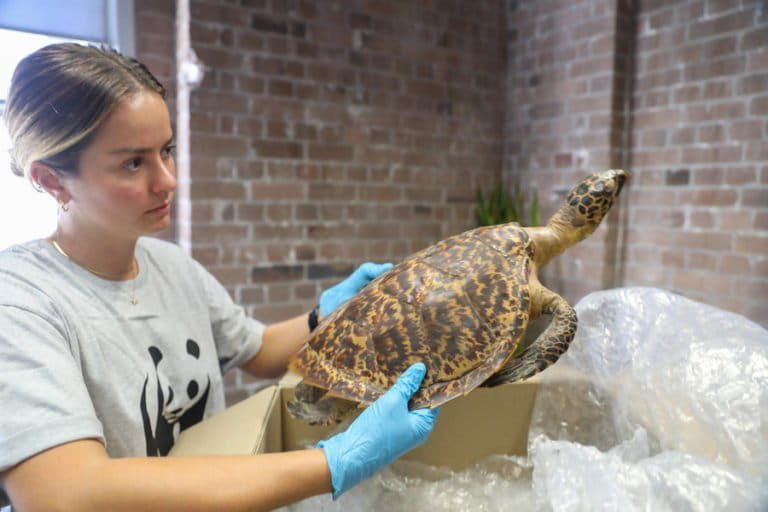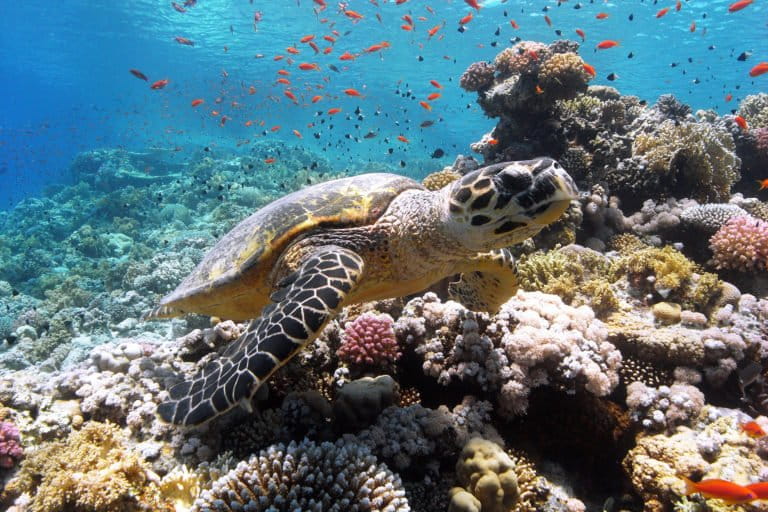
- Critically endangered hawksbill turtles have been hunted for their patterned shells for centuries to make tortoiseshell jewelry and decorative curios.
- The exploitation and trade pushed the species to the brink of extinction; despite international bans on killing and trading the turtles and their parts, persistent demand continues to stoke illegal trade.
- Experts say they hope the launch of a new global turtle DNA database coupled with DNA-based wildlife forensics techniques can turn the tables on poachers and illegal traders.
- The new resource, called ShellBank, will enable law enforcement authorities to trace confiscated tortoiseshell products to known turtle breeding locations to help them crack down on poaching and the illegal trade.
A hawksbill turtle’s protective shell is in some ways its greatest weakness. Exquisitely patterned and thick enough to sculpt, hawksbill shells are the most popular type of tortoiseshell, a material coveted for centuries to make all manner of objects, from jewelry and trinkets, to spectacle frames and an entire genre of Japanese handicrafts called bekko. Although all such products are now banned from international trade under CITES, the global convention on the wildlife trade, persistent demand stokes an illegal trade that’s pushing the critically endangered species toward extinction.
Up until now, unscrupulous traders and poachers have been able to stay one step ahead of law enforcement because it’s hard to trace the geographic origin of the thousands of tortoiseshell products confiscated globally each year. But with the launch of a new marine turtle DNA database, known as ShellBank, the tables might be turning.
And it comes not a moment too soon. Scientists estimate that humans have killed some 9 million hawksbill turtles (Eretmochelys imbricata) over the past 180 years, mainly for their shells. As a result, their numbers are down 75% from historic levels and recent population assessments estimate fewer than 25,000 adult females remain in the wild.

ShellBank is an initiative led by WWF in cooperation with governments, nonprofits, academic institutions and communities. It’s touted as the world’s first global, accessible repository of turtle genetic data aimed at enabling authorities to crack down on poaching and illegal trade while helping researchers monitor turtle population dynamics.
“Previously, this kind of data had to be pulled from published literature and stored in personal spreadsheets by individual researchers,” Michael Jensen, marine species genetics coordinator at WWF-Australia, told Mongabay. The DNA database synthesizes genetic data from three main sources: tortoiseshell products; turtles at nesting sites; and turtles at sea, including foraging individuals and fisheries bycatch.
By extracting DNA from contraband items, authorities will be able to use information stored within the ShellBank database to trace their provenance to the nesting site of the turtle killed. Although people also capture turtles at sea, the animals are at their most vulnerable while on land at their nesting grounds. According to WWF, once authorities know of at-risk nesting grounds, they will be able to target enforcement and conservation efforts around these sites to crack down on poaching.

The approach is similar to methods used in DNA-based forensic investigations of other mainstays of the illegal wildlife trade, such as elephant ivory, rhino horn and tiger bone, some of which have provided strong evidence for criminal investigations.
The process of marine turtle forensics builds on decades of work by scientists studying turtles bycaught in fisheries or found stranded on shorelines, and centers around analyzing tiny discrepancies in mitochondrial DNA that distinguish separate breeding populations.
“It is well known that female marine turtles return to their birth region to breed and lay eggs, a process known as natal homing,” Jensen told Mongabay. “As a result, turtle populations have a genetic signature unique to each nesting region. By mapping the genetic signature of individual nesting regions, we can determine the origins of turtles sampled away from the nesting beaches.”
In 2021, Jensen and his colleagues from Australia and the U.S. showed that by applying these principles to DNA extracted from tortoiseshell products, they could identify their ill-fated owners’ breeding grounds. They traced items obtained in local markets in Papua New Guinea and the Solomon Islands to known nesting sites in the Solomon Islands, where subsistence harvesting of turtles for direct consumption is still legal.

More recently, researchers used the ShellBank DNA database to trace the origin of hundreds of items collected in Australia between 2020 and 2021 as part of a WWF campaign that encouraged the public to hand in tortoiseshell products to authorities. Roughly 60% of the relinquished items were made of hawksbill shell (the remainder were plastic or from other species of tortoise and turtle), and of those, half were traced to breeding populations in the Indian and Pacific oceans, one-quarter from the southwest Pacific, and smaller volumes from Malaysia, Japan and the Caribbean.
Jensen said efforts to build the ShellBank DNA database will initially focus on the Asia-Pacific region, a well-known hub of illegal tortoiseshell trade and demand: between 2015 and 2018 alone, more than 1,000 turtle products and significant quantities of raw shell were confiscated in Indonesia, Malaysia and Vietnam. Moreover, population numbers are perilously low — fewer than 5,000 adult female hawksbills are thought to remain in the region.
So far, researchers know the genetic signature of five Asia-Pacific hawksbill turtle breeding stocks representing seven individual nesting locations. Jensen said the team aims to triple those numbers by the end of 2022 by working with partners throughout the region to sample more tortoiseshell products and turtles and assemble their genetic profiles.
“The main challenge for accurately assigning the nesting origin is to build a comprehensive reference database of all (or most) breeding populations to compare against,” he said. “As the reference database continues to grow, we will be able to trace back population origin with higher accuracy.”

“We really need every tool in the box to be able to slow down and eventually halt the unsustainable exploitation of marine turtles, and collaboration is the key to success,” a spokesperson for the Large Marine Vertebrate Research Institute (LAMAVE) told Mongabay in an email. Philippines-based nonprofit LAMAVE is one of many organizations helping to build the ShellBank database. “In a country like the Philippines with over 7,600 islands and over 109 million people, this data will help focus and maximize the existing resources and greatly enhance the efficiency of the effort of the national authorities in combatting illegal wildlife trade,” they said.
Jensen said that in addition to the new genetic breakthroughs, he’s encouraged by recent global commitments to tackle the illegal turtle trade at a policy level. Earlier this year, Cambodia, Myanmar, the Philippines and Vietnam endorsed a regional action plan dedicated to protecting the species as part of their commitments under the Convention on Migratory Species. Meanwhile, depleted hawksbill turtle numbers are recovering in the Seychelles following a strict ban on turtle products.
“If the illegal trade in turtle-based products continues to go unchecked, it will keep putting pressure on small and vulnerable populations,” Jensen said. “Hopefully, projects like ShellBank will help end the illegal trade in turtle-based products and give hawksbill populations the protection they need to bounce back.”
Source: Mongabay


